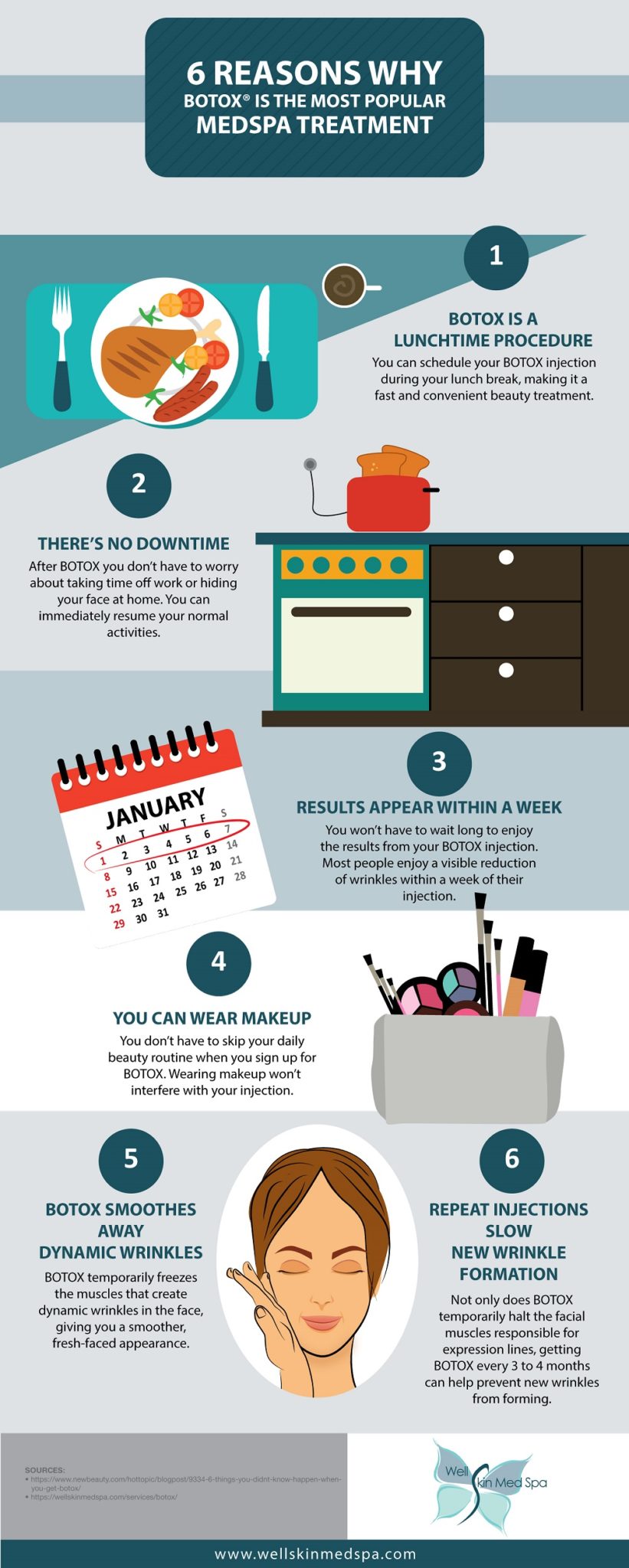How Does SMILE Eye Surgery Contrast To LASIK And PRK?
How Does SMILE Eye Surgery Contrast To LASIK And PRK?
Blog Article
Created By-McElroy Waller
If you have actually been considering SMILE eye surgical treatment, you might ask yourself exactly how it stacks up against LASIK and PRK. Each treatment has its own collection of advantages and factors to consider. From quicker recovery times to prospective threats, there are key distinctions you should understand before deciding. Understanding these distinctions will assist you make an informed option that straightens with your certain requirements and expectations. Curious to recognize even more concerning just how these procedures compare in detail? Keep on discovering to obtain a comprehensive understanding of SMILE, LASIK, and PRK.
SMILE Eye Surgical Treatment Summary
If you're considering SMILE eye surgery, you'll discover it to be a minimally invasive treatment with a fast recuperation time. During SMILE (Tiny Incision Lenticule Removal), a laser is used to develop a tiny, specific cut in the cornea to get rid of a little piece of tissue, improving it to fix your vision. This varies from LASIK, where a flap is developed, and PRK, where the outer layer of the cornea is completely gotten rid of.
One of the vital benefits of SMILE is its minimally intrusive nature, causing a faster recovery procedure and less pain post-surgery. The healing time for SMILE is fairly fast, with numerous individuals experiencing boosted vision within a day or 2. This makes it a popular option for those looking for a hassle-free and efficient vision modification treatment. In addition, SMILE has been shown to have a reduced threat of completely dry eye syndrome contrasted to LASIK, making it a positive choice for people concerned concerning this potential adverse effects.
Distinctions Between SMILE, LASIK, and PRK
When contrasting SMILE, LASIK, and PRK eye surgeries, it's important to recognize the unique strategies made use of in each treatment for vision improvement.
SMILE (Tiny Cut Lenticule Extraction) is a minimally intrusive procedure that involves producing a small cut to extract a lenticule from the cornea, reshaping it to remedy vision.
LASIK (Laser-Assisted Sitting Keratomileusis) entails creating a slim flap on the cornea, using a laser to reshape the underlying cells, and then repositioning the flap.
PRK (Photorefractive Keratectomy) removes the outer layer of the cornea prior to improving the tissue with a laser.
go to this site depends on the means the cornea is accessed and treated. SMILE is flapless, making it an excellent choice for people with thin corneas or those involved in call sporting activities. What Is The Cost Of LASIK Eye Surgery provides fast aesthetic recovery because of the flap creation, yet it may posture a greater threat of flap-related problems. PRK, although having a longer recuperation period, prevents flap-related issues completely.
Understanding these variations is important in choosing one of the most ideal treatment for your vision adjustment demands.
Benefits And Drawbacks Comparison
To review the advantages and downsides of SMILE, LASIK, and PRK eye surgical treatments, it's necessary to consider the certain benefits and potential limitations of each procedure. SMILE surgical procedure offers the benefit of a minimally intrusive treatment, with a smaller laceration and possibly quicker healing time contrasted to LASIK and PRK. It also decreases the threat of dry eye post-surgery, a typical adverse effects of LASIK. Nevertheless, SMILE may have constraints in dealing with greater levels of nearsightedness or astigmatism compared to LASIK.
LASIK surgical treatment provides rapid visual healing and minimal pain throughout the treatment. It's highly efficient in dealing with a variety of refractive mistakes, consisting of nearsightedness, hyperopia, and astigmatism. Yet, LASIK lugs a risk of flap complications, which can influence the corneal structure.
PRK eye surgical procedure, while not as popular as LASIK, avoids developing a corneal flap, reducing the risk of flap-related issues. It appropriates for people with slim corneas or irregular corneal surface areas. Nonetheless, PRK has a longer recovery time and might include extra discomfort throughout the recovery process.
Verdict
So, when it pertains to selecting in between SMILE, LASIK, and PRK, think about it like selecting the ideal pair of shoes. SMILE is like a sleek, comfortable set of tennis shoes - quick and simple.
LASIK is more like trendy high heels - flashy and quickly, yet with some prospective dangers.
PRK resembles tough hiking boots - trusted and long lasting, yet calling for a little bit more effort and time.
Ultimately, the very best option depends upon your individual requirements and preferences.
